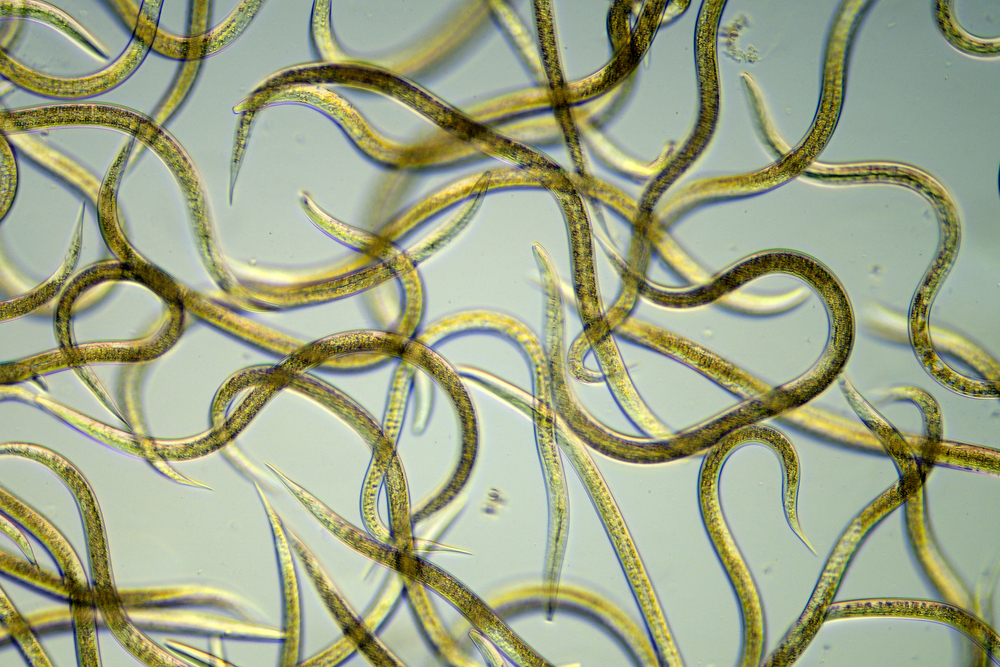46,000 Year Old Nematode Resurrected From Siberian Permafrost

In a groundbreaking discovery, scientists have successfully revived a nematode from the Siberian permafrost that remained dormant for an astounding 46,000 years. This significant finding throws light on the extraordinary survival capabilities of these microscopic creatures, known as roundworms, and their ability to withstand extreme conditions.
The nematodes, isolated from the late Pleistocene epoch, were found in two samples of Siberian permafrost. One sample was approximately 32,000 years old and was located near the Alazeya river, and the other was around 42,000 years old, from the Kolyma River. After being thawed in a laboratory environment, the nematodes exhibited signs of life and began to eat and move.
This discovery is of monumental importance as it is the first evidence of multicellular organisms returning to function after a long period of dormancy in permafrost conditions. It gives rise to further curiosity about the limits of life in extreme conditions and could have significant implications for astrobiology, especially in the context of searching for life on planets with harsh environments similar to early Earth or Mars.
The findings of this study are also likely to have a positive impact on the field of cryobiology, which involves the preservation and storage of living tissues for extended periods. The roundworms were stored under ideal conditions in frozen soil samples, and proved that even with extreme temperatures and pressures, life can still persist. This could potentially lead to new techniques for medical use such as cryopreservation of organs and tissues.
The implications of this research are immense, with possibilities to explore questions about the evolution and adaptation of organisms in extreme conditions. It also opens up the exciting prospect of reviving species long thought extinct, offering a glimmer of hope for conservationists around the world. Further scientific investigation must be conducted to fully understand these incredible findings.
Scientists are now turning their attention to the permafrost in other parts of the world, such as Antarctica and Greenland, to see if any other dormant organisms can be found and brought back to life. If successful, this could lead to a revolution in our understanding of the limits of life on Earth, as well as its evolution over time. With further research, the possibilities are truly endless.
In addition to reviving organisms from the permafrost, scientists are also looking into other extreme environments such as deep-sea sediments and ancient lake beds to see if any dormant life can be found there. By doing so, they will gain a better understanding of how life on Earth has evolved and adapted over time. The of this research are far-reaching and could potentially have a huge impact on our understanding of life, both past and present.
Conclusion
In light of the promising results from reviving nematodes from the Siberian permafrost, researchers are now turning their attention to extreme environments found all over the world. These include hot springs, hydrothermal vents, and desert regions. By examining the life forms that inhabit these areas, scientists can gain a better understanding of how organisms have adapted to survive in harsh conditions and how they may be able to survive on other planets.
While the results of reviving ancient roundworms are promising, there is still much work to be done in order to refine the techniques used and to determine how other species may react when thawed from extreme temperatures. However, this discovery is a huge leap forward in our understanding of the limits of life and its capacity to adapt to various environments. As research continues, we can look forward to many more exciting discoveries in the future!
